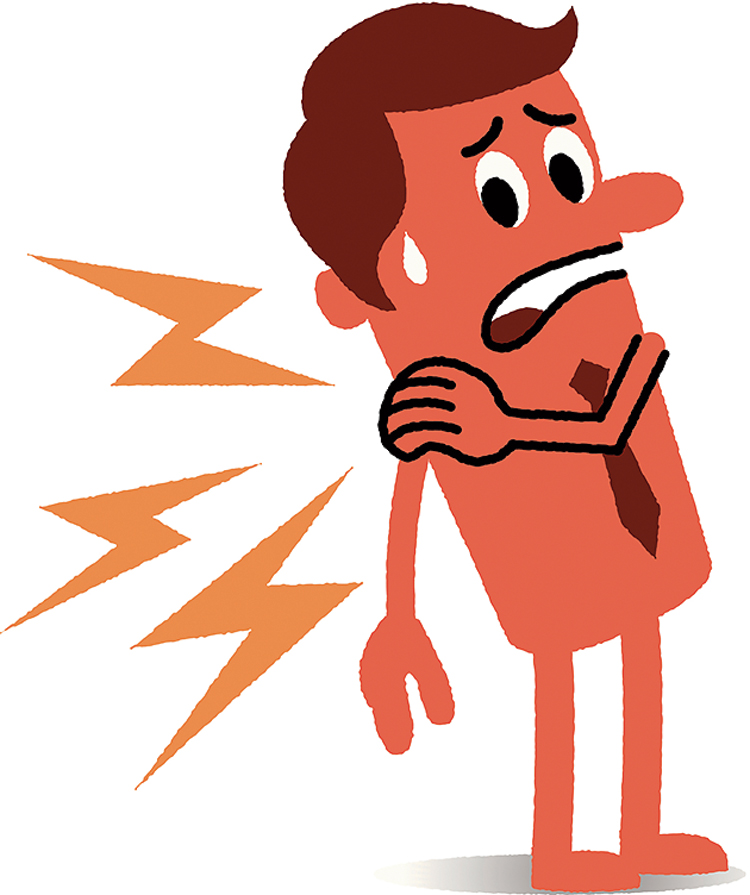Usually, lifting your arms over your head or reaching for objects is effortless. Yet, excruciating pain prevents this action in 70 per cent people at some stage in their lives — after a sudden fall, an accident or for no apparent reason.
One of the commonest reasons for “frozen shoulder” — technical term adhesive capsulitis — is diabetes. It is likely to occur in 20 per cent of diabetics because long-term poor diabetic control results in damage to the collagen in the shoulder joint. It initially occurs on one side, with sudden twinges of pain. Eventually, the arm is held stiffly as even slight movements are painful. The pain may diminish after a time but by then the range of motion of the shoulder becomes severely restricted. After 18-24 months, there is a gradual, spontaneous improvement.
Although diabetes is a common cause, frozen shoulder can also occur because of thyroid diseases, after surgery to the arms, chest or shoulder or a prolonged immobilisation due to Parkinson’s disease, stroke or a fracture.
There may also be other reasons for shoulder pain. The bone tissue may have died due to poor blood supply. The joint may be infected and inflamed. The shoulder may be dislocated. The pain may also be part of generalised disease such as rheumatoid arthritis, osteoarthritis or polymyalgia rheumatica.
The pain may be referred from the neck. This is particularly likely to occur if the neck bones are weak because of a Vitamin D3 or calcium deficiency, osteoporosis or osteomalacia. It can also occur because of poor posture.
The pain in the shoulder may be referred there due to problems in the chest, or even a heart attack. Sometimes, gall bladder disease or infection in the abdominal cavity or pelvis can give rise to shoulder pain.
A painful shoulder needs to be carefully evaluated. A physical examination is needed to determine the range of movement and see if other joints are affected. Blood tests will help rule out diabetes and other general conditions. X-rays will pick up fractures and dislocations. Sometimes MRI scans may be needed to evaluate soft tissue injury in the joint.
If there is an obvious fracture, dislocation or soft tissue injury, specific treatment will reduce the pain rapidly. If it is a frozen shoulder, treatment will go on much longer.
Medication must be supplemented with physical therapy to help strengthen the muscles around the joint, provide pain relief and improve the range of movement. To tackle the pain, capsaicin-containing ointments can be applied, followed by alternating application of heat and ice. This should be done three to four times a day. If there is no improvement after 18 months, then steroid injections into the joint may be tried.
Rarely, surgery may be recommended.
It is important to prevent painful shoulders and neck weakness with regular exercise. These are found as a part of Yoga and tai chi. The arms should be strengthened with planks, pushups and regular movements using light weights.
The writer is a paediatrician with a family practice at Vellore and the author of Staying Healthy in Modern India. If you have any questions on health issues, please write to yourhealthgm@yahoo.co.in










